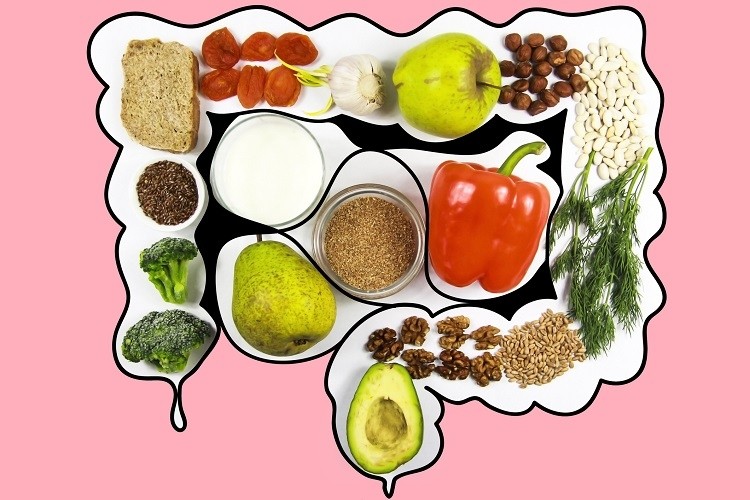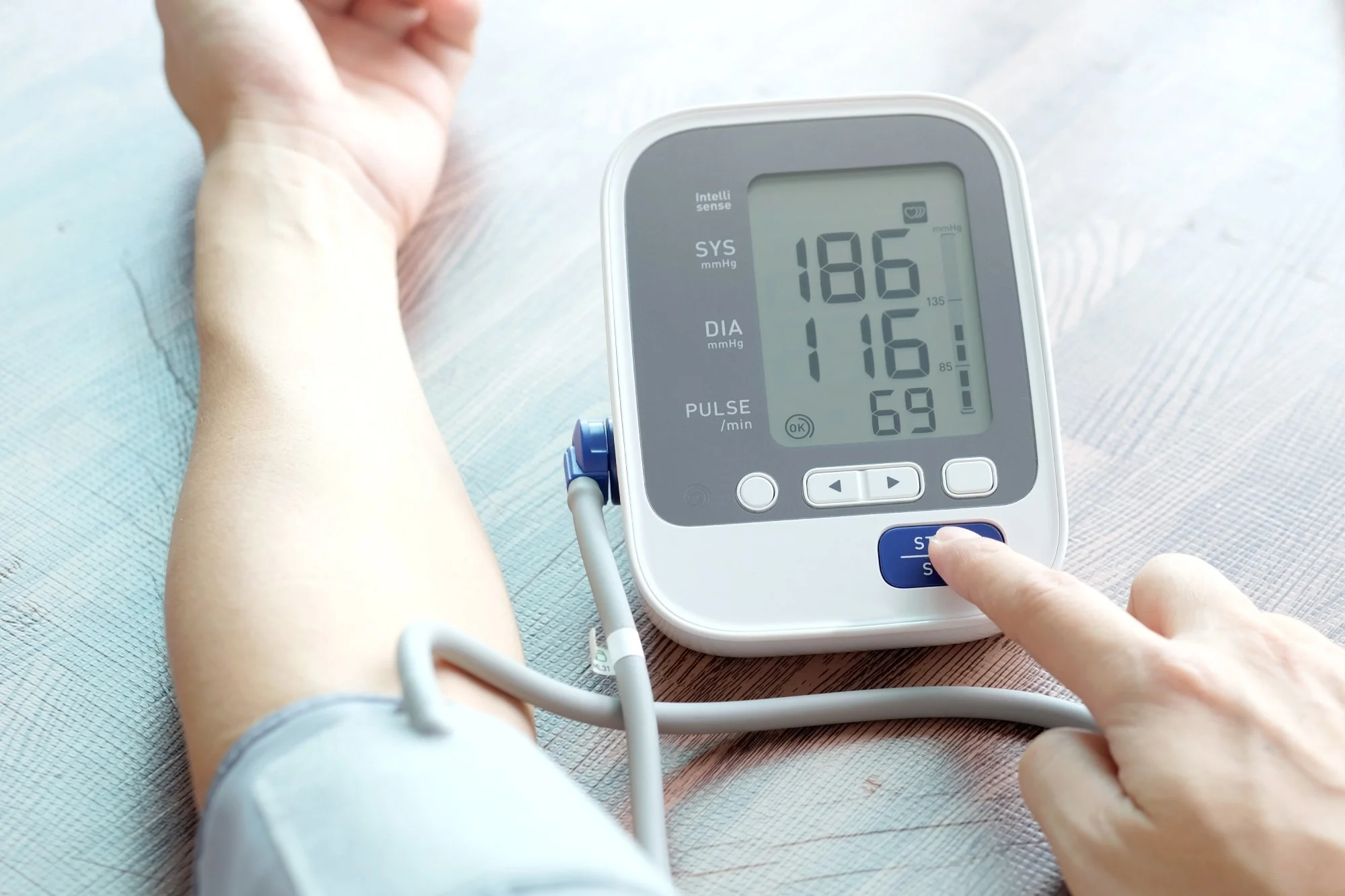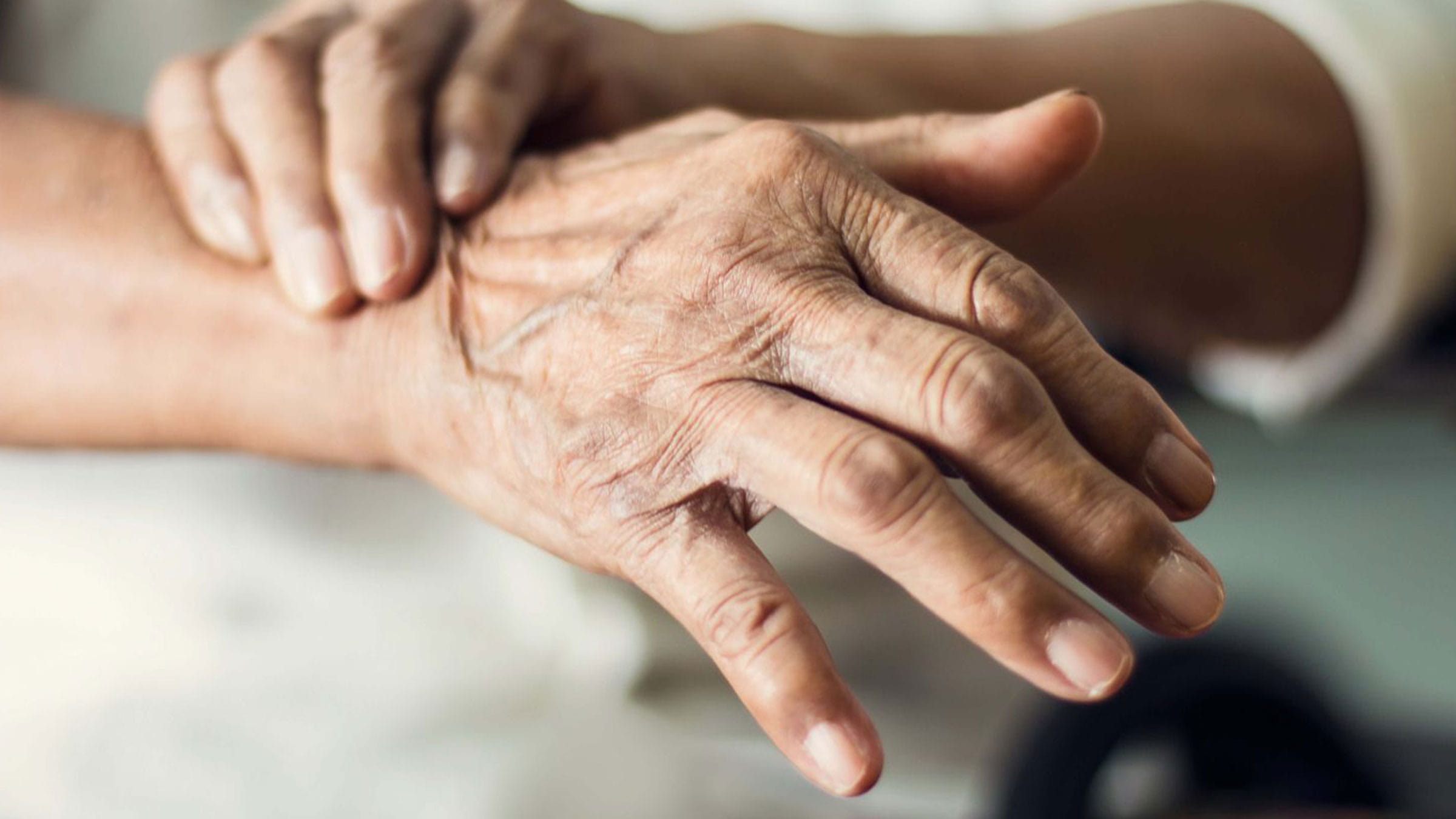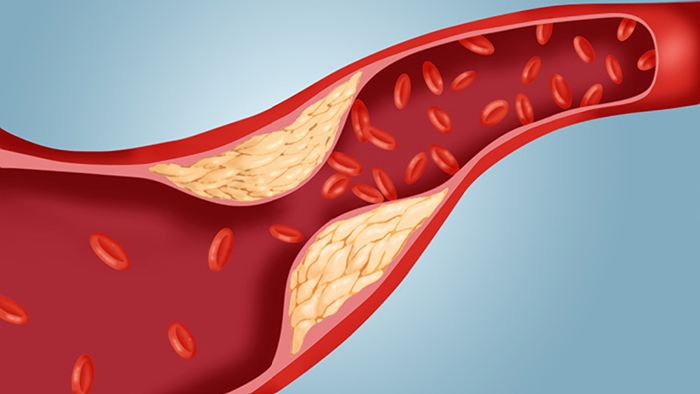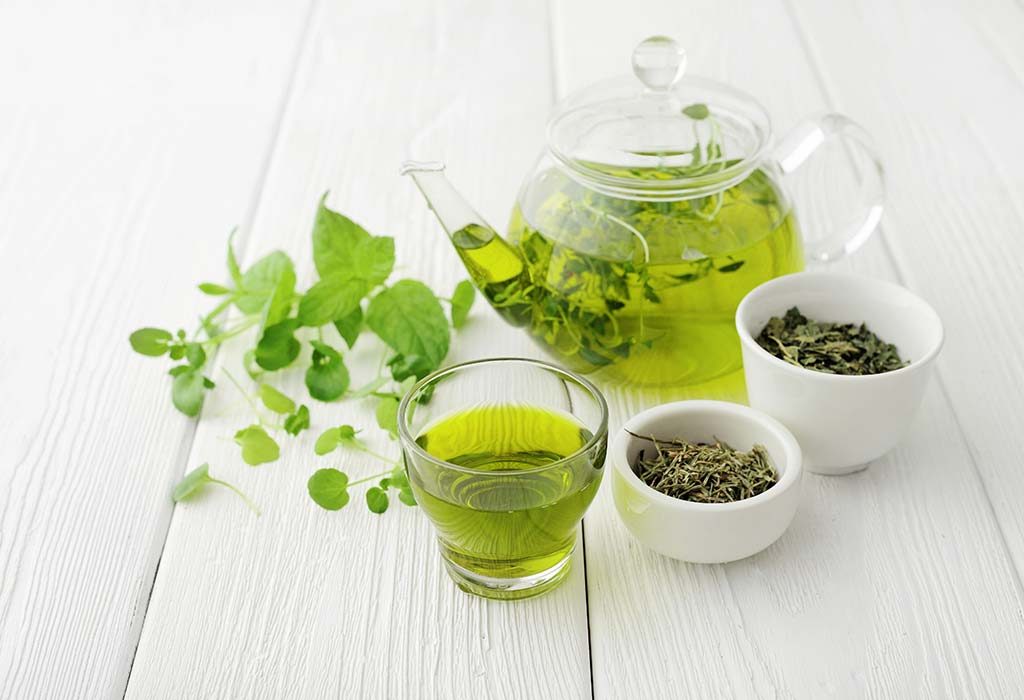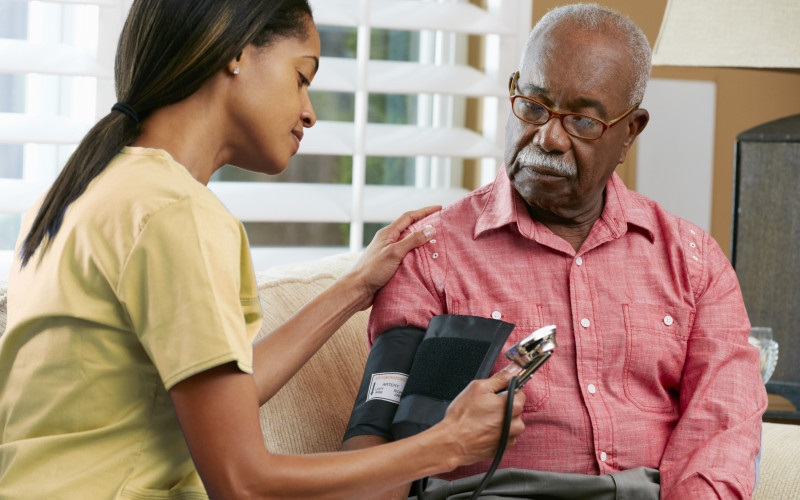Everything You Need to Know About Poor Circulation & 14 Tips for Support
Why Is Having Good Circulation Important?
When most people think of the circulatory system, they merely think of blood flow in the body. While this is indeed a function of the circulatory system, its role holds more importance than many realize. The circulatory system is responsible for ensuring all cells in our body survive. Blood delivers both oxygen and nutrients to every cell in our body.19
It also provides our cells with a system to get rid of waste. And on average, a human adult is constantly circulating 5 liters of blood throughout the body.20 Maintaining proper circulation is a vital aspect of health. There are several ways we can support a healthy circulation & be mindful of the signs as to whether we are experiencing poor circulation or not. But first, let’s begin with a brief background on the circulatory system.
Organs & Systems Involved in Circulation
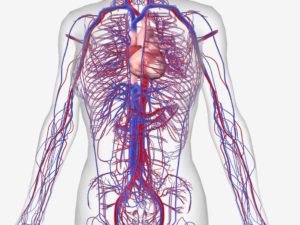
Surprisingly enough, the circulatory system doesn’t operate independently. The circulatory system also works with:
• The Renal System: This system includes the kidneys. The renal system regulates blood volume. It does so by modifying water & solutes of blood via filtration, re-absoprtion and secretion.20
• The Cardiovascular System: The cardiovascular system is responsible for transporting blood, oxygen, nutrients & cell waste removal. In addition, the cardiovascular system also regulates blood pressure by detecting changes in blood volume. This is done by increasing and decreasing pressure within arteries, as well as by constricting blood vessels.20
• The Skeletal System: This system produces blood cells. The production of blood cells contributes to blood volume.20
• The Nervous System: The nervous system interacts with the renal, cardiovascular and skeletal system to also help regulate blood volume.20
Symptoms of Poor Circulation:
Common symptoms of poor circulation include the following:
1. Slow healing wounds.8
2. Cold feet & hands.4
3. Tingling and numbness in extremities.7
4. Swollen feet, ankles or legs.6
5. Brittle Nails and Hair.21
6. Cramping in muscles.17
7. Feeling Fatigued
8. Compromised Memory & Focus.14
9. Varicose Veins.5
10. Changes in skin color, such as hues of blue.22
11. Problems with Digestion.12
Reasons for Poor Circulation
Smoking
Studies show that smoking cigarettes result in functional alterations in arterial vessels. Both nicotine and carbon monoxide from cigarettes have the capacity to damage the vascular system. As a result, this may compromise circulation.13
Being Overweight or Obese
While obesity is associated to a variety of conditions, it has the tendency to result in unfavorable vascular remodeling within the body.13 In one study testing 165 male subjects and their cardiovascular measurements, it was determined the obese group had drastically higher aortic pressures compared to the other groups. Furthermore, these changes are said to result in a reduction in arterial function and pose as a cardiovascular risk factor.
Anemia
Hemoglobin is a protein that red blood cells carry. Hemoglobin contains iron & allows oxygen to attach to it, carrying and distributing it throughout the body. Anemia can happen when your red blood cells do not function properly, or when you do not have enough red blood cells in the body. In certain cases of anemia, for instance sickle cell anemia, circulation may be compromised. With sickle cell anemia, red blood cells are rigid and crescent shaped. Because of this, these red blood cells may not flow in the vascular system properly at times. These red blood cells can build up and obstruct circulation.3
Peripheral Artery Disease (PAD)
Peripheral Artery Disease results in narrowing of peripheral arteries. The peripheral arteries serve blood to the legs, arms, head and stomach. This disease may result in cramping or pain in extremities due to compromised circulation. Furthermore, some risk factors for this disease are: smoking, atherosclerosis, high cholesterol or diabetes.1
Additional Reasons for Poor Circulation
Diabetes
Individuals diagnosed with diabetes are at higher risk for poor circulation. High glucose levels in the blood have the ability to damage blood vessels overtime, altering optimal circulation. Diabetic individuals with higher cholesterol levels may also have poor circulation to extremities.2
Blood Clots
The underlying reasons for the formation of a blood clot tend to vary. The ability for the human body to be able to form blood clots evolved as means to repair an injury in the vascular system quickly. However, blood clots have the capacity to stray from the point of origin, travel in the body and prevent proper blood flow.9
Cold Weather
When exposed to cold weather, the human body experiences vasoconstriction in peripheral limbs. This is a physiological response that causes blood vessels to restrict. As a result, this restriction creates a smaller pathway, and less surface area, for blood to flow through. While it is a mechanism to help preserve warmth, it can result in slower circulation.11
Varicose Veins
Varicose veins are superficial, spider like veins. They have the tendency to form in areas where there are larger pools of blood in the body. Typically, they result the original pathway of veins are not functioning to the best of their ability. So, varicose veins may be indicative of poor circulation.5 One of the most common areas this occurs is in the legs.
Raynaud’s Disease
Raynaud’s Disease causes blood vessels to constrict and become narrow under cold conditions or stress. The most common locations in the body which are affected are the toes, fingertips, ears and nose. Due to lack of blood flow, blue or white discoloration of the skin may result in areas where vasoconstriction is occuring.16
Support for Poor Circulation
1. Compression socks.23
2. Aerobic Exercise: Running, biking, swimming.
3. Quit smoking.
4. Maintain a healthy blood pressure.
5. Get up and move if you live a sedentary lifestyle.
6. Stay hydrated. Over 90% of blood plasma is composed of water. Try to drink eight 8-ounce glasses of water a day.25
7. Stay warm & protected from cold weather. If needed, take a hot shower or bath.
8. Minimize eating saturated fats & eat more leafy greens or other foods with nitrates.18
9. Maintain proper insulin levels if a physician has diagnosed you with diabetes.
10. Laser therapy or schlerotherapy by a physician for varicose veins.24
11. Add L-Arginine, a vasodilator, to your diet. Cardio Defender contains 5,200mg of L-Arginine per serving to support healthy circulation.11
12. Get a massage.15
13. Apply a heating pad to the local area.
14. Losing weight if overweight.10
Overall
The experience of poor circulation, in many cases, is the result of another underlying medical condition which would need to be diagnosed by a doctor. If you are concerned about whether or not you have poor circulation, it is always recommended that you make an appointment with your primary care physician. However, there are a variety of practices you can integrate into your daily routine to help support a healthy circulation, a vital aspect of physical health. There are several methods a doctor may use to diagnose a condition which results in poor circulation.


